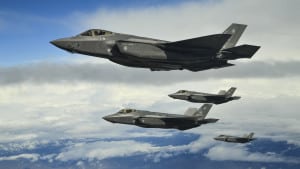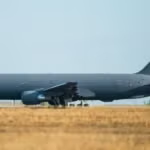
The total cost of acquiring the Lockheed Martin [LMT] F-35 Joint Strike Fighter has risen more than $27 billion due to an increase in per-unit cost because the Pentagon has slackened the pace at which it will buy the jets and engines made by Pratt & Whitney, a division of United Technologies [UTX].According to the Selected Acquisition Report (SAR) for 2016 released June 18, overall F-35 program cost went up $27.4 billion, from $379 billion to $406.4 billion. Most of…

 By
By 











